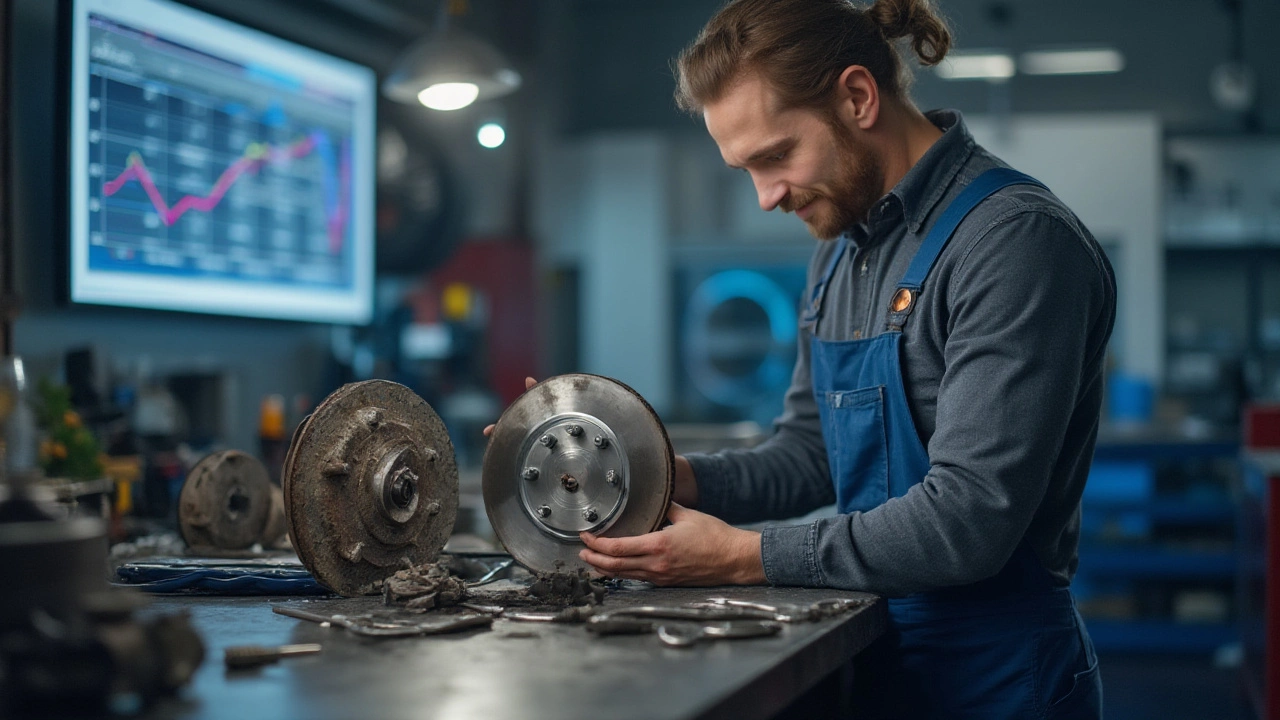Save Money on Brakes – Smart Tips to Cut Costs
When it comes to save money on brakes, finding cheap yet reliable ways to keep your braking system working. Also known as brake cost saving, it means understanding which parts wear out, when to replace them and how a little DIY can stop a big bill.
One of the biggest money‑savers is picking the right brake pads, the friction blocks that press against the rotor to slow the wheel. Ceramic pads tend to last longer but cost more up front, while semi‑metallic options are cheaper but may wear rotors faster. Knowing your driving style—city stop‑and‑go versus highway cruising—helps you choose a pad that lasts longer, so you replace them less often.
Next up are brake rotors, the metal discs that the pads clamp onto. Rotors can be resurfaced if they’re only mildly scored, saving the price of a full set. However, deep cracks or severe warping mean a replacement is unavoidable. Checking rotor thickness with a simple micrometer lets you know if a resurfacing will work, keeping you from ordering expensive new parts prematurely.
Don’t overlook brake fluid, the hydraulic liquid that transfers pedal force to the brakes. Old fluid can absorb moisture, lowering boiling point and causing spongy brakes. Flushing the system every two years is cheap compared to the cost of a failing master cylinder or warped rotors caused by overheating. A quick visual check for darkening fluid in the reservoir can tell you if it’s time for a fresh fill.
Keeping an eye on wear indicators also pays off. Most pads have a built‑in metal tab that squeals when the material is thin—ignoring it usually means scoring the rotor. Likewise, a soft pedal feel often points to low fluid or air in the lines. Spotting these signs early means you can replace a part before it damages something more expensive.
Why brake cost matters
All these pieces—pads, rotors, fluid and wear alerts—work together, so a small fix in one area often prevents a big repair later. By understanding how each component affects the others, you can save money on brakes without compromising safety. Below you’ll find a collection of guides that walk you through every step, from DIY pad swaps to professional rotor inspection, so you can choose the right approach for your budget and skill level.

Rotor Resurfacing vs Replacement: What Saves You More Money?
Jul 20 2025 / Car MaintenanceIs it actually cheaper to resurface or replace your brake rotors? Learn the real cost differences, what's best for safety, and tips to keep your brakes working longer.
VIEW MORE